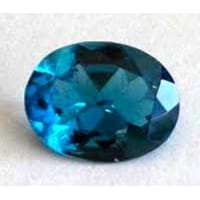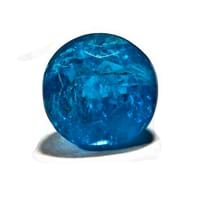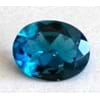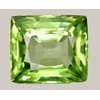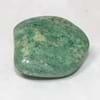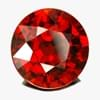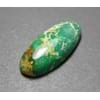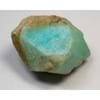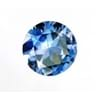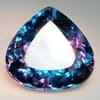Euclase and Apatite Physical Properties
Physical Properties
Tenacity
Not Available
Not Available
Solubility
Not Available
Not Available
Durability
Not Available
Not Available
Specific Gravity
3.08-3.12
3.16-3.23
Fracture
ConchoidalWalter Schumann, Gemstones of the world (2001), ConchoidalWalter Schumann, Gemstones of the world (2001), Brittle, Metallic
Conchoidal, Uneven, Conchoidal, Brittle, ConchoidalArthur Thomas, Gemstones (2009), Conchoidal to uneven
Cleavage
{010} Perfect
[0001] indistinct, [1010] indistinct
Mohs Hardness
7.5
5
Chemical Composition
BeAlSiO 4(OH)Michael OâDonoghue , Gems, Sixth Edition (2006) More from other references
Ca 5(PO 4) 3(F,OH,Cl)Walter Schumann , Gemstones of the world (2001) More from other references
Euclase and Apatite Chemical Formula
While comparing Euclase and Apatite physical properties, the important data you should know is its chemical composition. Since chemical formula defines the molecular structure of the crystal, most of the physical properties like color, tenacity, solubility are governed by Euclase and Apatite chemical formula.
- Chemical formula of Euclase- BeAlSiO 4(OH)Michael OâDonoghue , Gems, Sixth Edition (2006) More from other references
- Chemical formula of Apatite- Ca 5(PO 4) 3(F,OH,Cl)Walter Schumann , Gemstones of the world (2001) More from other references
Euclase and Apatite Specific Gravity
Another important criteria for qualitative analysis of gemstones is Euclase and Apatite Specific gravity. Specific gravity is the relative density of a gemstone compared with respect to density of water. Gemologists use Euclase and Apatite Optical Properties during the identification of gemstone. Specific gravity of Euclase is 3.16-3.23 whereas that of Apatite is 3.16-3.23.
